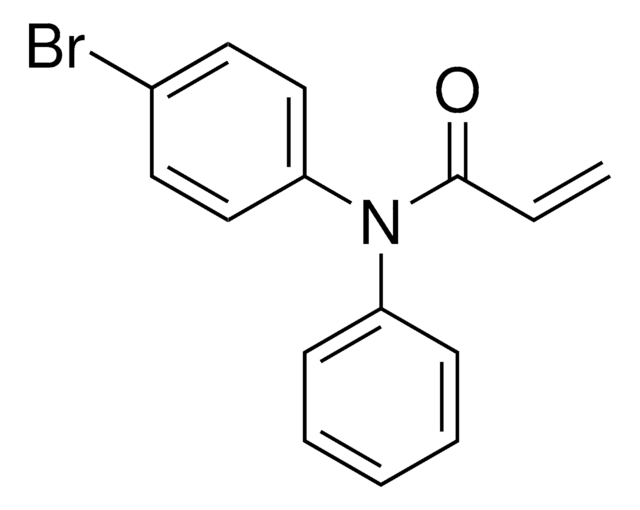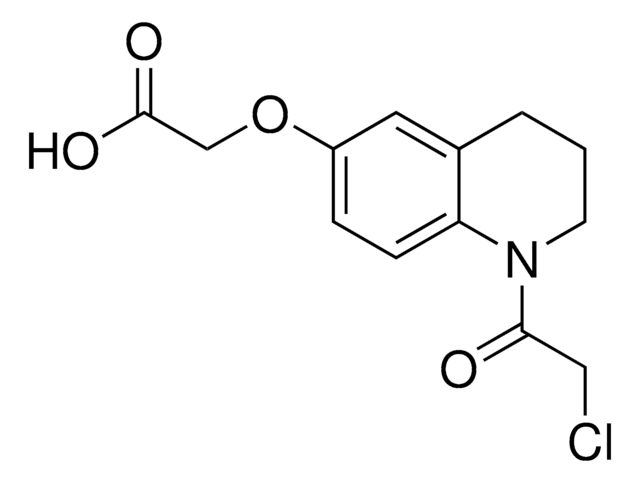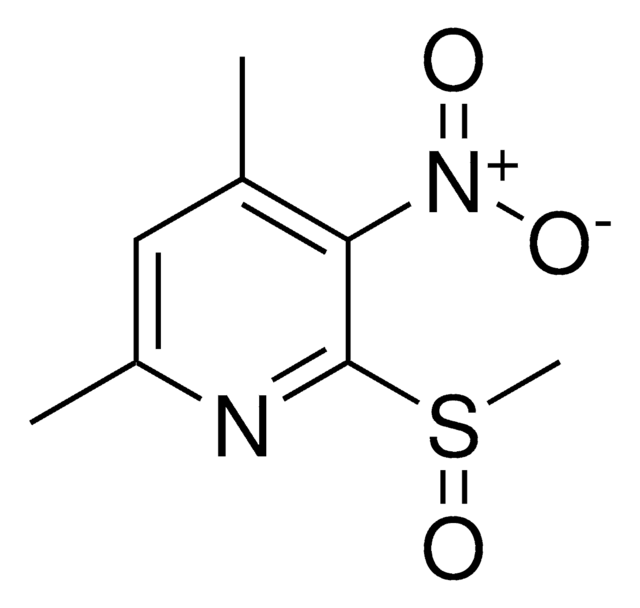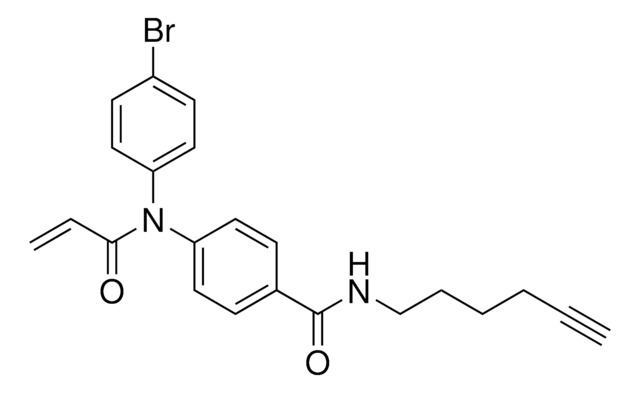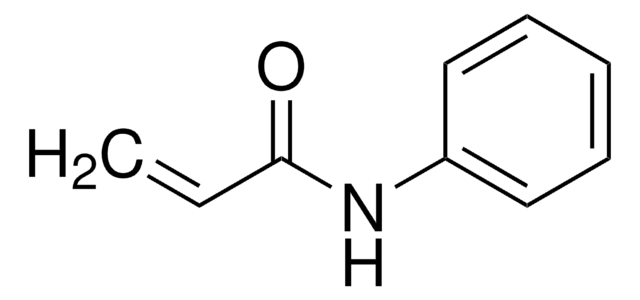912131
2-Chloro-1-(6-methoxy-1,2,3,4-tetrahydroquinolin-1-yl)ethan-1-one
≥95%
Sinonimo/i:
1-(Chloroacetyl)-1,2,3,4-tetrahydro-6-quinolinyl methyl ether, 2-Chloro-1-(6-methoxy-3,4-dihydroquinolin-1(2H)-yl)ethan-1-one, Electrophilic scout fragment, KB02, Scout fragment for targetable cysteine
About This Item
Prodotti consigliati
Livello qualitativo
Saggio
≥95%
Stato
chunks
Temperatura di conservazione
2-8°C
Stringa SMILE
ClCC(=O)N1CCCc2c1ccc(c2)OC
InChI
1S/C12H14ClNO2/c1-16-10-4-5-11-9(7-10)3-2-6-14(11)12(15)8-13/h4-5,7H,2-3,6,8H2,1H3
XJPUWRWIBSSPSL-UHFFFAOYSA-N
Categorie correlate
Applicazioni
Altre note
Note legali
Prodotti correlati
Codice della classe di stoccaggio
11 - Combustible Solids
Classe di pericolosità dell'acqua (WGK)
WGK 3
Punto d’infiammabilità (°F)
Not applicable
Punto d’infiammabilità (°C)
Not applicable
Scegli una delle versioni più recenti:
Certificati d'analisi (COA)
It looks like we've run into a problem, but you can still download Certificates of Analysis from our Documenti section.
Se ti serve aiuto, non esitare a contattarci Servizio Clienti
Possiedi già questo prodotto?
I documenti relativi ai prodotti acquistati recentemente sono disponibili nell’Archivio dei documenti.
Articoli
Ligandability describes the propensity of a protein target to bind a small molecule with high affinity. It is a precursor to evaluating druggability, which requires more advanced translational pharmacological effects and drug-like properties in vivo.
Global Trade Item Number
| SKU | GTIN |
|---|---|
| 912131-100MG | 4061841783886 |
Il team dei nostri ricercatori vanta grande esperienza in tutte le aree della ricerca quali Life Science, scienza dei materiali, sintesi chimica, cromatografia, discipline analitiche, ecc..
Contatta l'Assistenza Tecnica.
